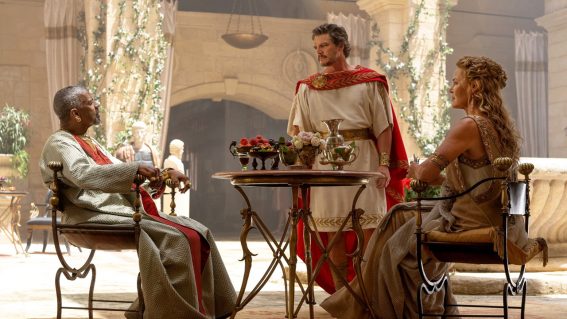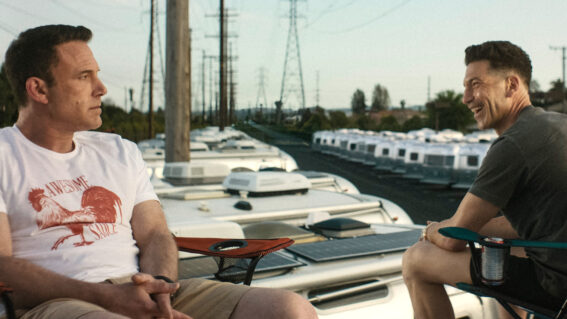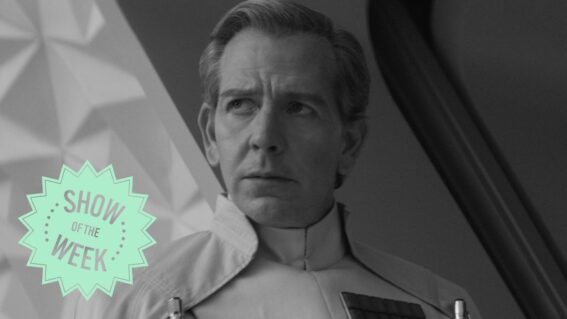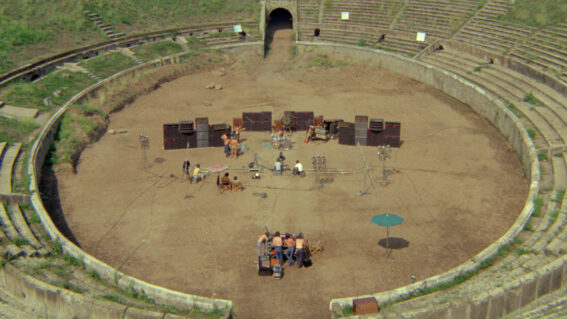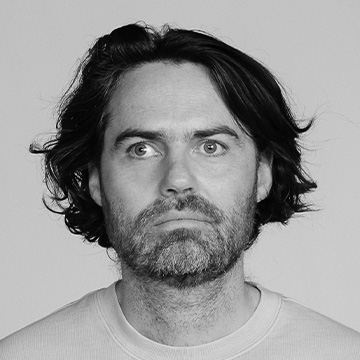National Treasure: Edge of History and the allure of the ‘adventure archaeologist’

We’re all drowning in content—so it’s time to highlight the best. In her column, published every Friday, critic Clarisse Loughrey recommends a new show to watch. This week it’s Disney+’s adventure series National Treasure: Edge of History.
I was a full-blown Indiana Jones kid. My bedroom was frequently transformed into a dark and treacherous cave, where my teddies and I would solve puzzles and discover lost treasures. When my family visited Disneyland, I forced my poor father to come on the Indiana Jones ride with me 10 times in the space of a couple of days. In fact, it took until my late teens—and the realisation that archaeology has very little to do with outrunning giant boulders, and a lot to do with soil analysis—to shake the delusion that I could follow in his path. So, I was surprised when Lucasfilm announced they’d be releasing a new, fifth outing for Harrison Ford’s fedora-ed adventurer and…I felt nothing but trepidation.
It’s not that I don’t trust director James Mangold’s vision, or believe the film has zero chance of living up to its predecessors. I’m just not the same person I was when I was 10 years old. All that adventure, that thrill of the unknown, feels altered by what I’ve learned about the ripple effects of colonisation—and of artifacts stolen from their indigenous cultures, now imprisoned in glass cases halfway across the world. I’ve learned that Indy’s declaration “that belongs in a museum” may not be as noble as I used to think. It’s complicated. I still go to the British Museum. Parts of it make me feel uncomfortable. I’ll always still love the Indiana Jones movies and the way they instilled in me a lifelong love of history.
But, over the years, I’ve thought a lot about how this “adventure archaeologist” genre should mature and what it might offer us in the future. It’s why I felt so drawn to Disney+’s new series, National Treasure: Edge of History. It is, of course, a nostalgic spin-off of the 2004 film, which acquired a decent fanbase almost purely on how blissfully goofy it is to hear Nicolas Cage, as Ben Franklin Gates, say: “I’m gonna steal the Declaration of Independence”. The show doesn’t particularly work as an extension of that franchise—first off, Cage isn’t even in it. At least in season one. The many nods to him feel like empty promises coming out of the mouths of characters I barely remember—Harvey Keitel makes an early appearance as Agent Peter Sadusky, the FBI agent put on Gates’s trail. Though he’s not in the first two episodes that debuted on Disney+ this week, Justin Bartha is set to return as the comic relief/computer expert Riley Poole.
But National Treasure: Edge of History’s attempt to update its story for a new generation—unfortunately with that same lazy, completely unrealistic teen dialogue about “binary systems of oppression” and cancel culture that plagued Wednesday—is worth paying attention to. The show’s protagonist Jess (Lisette Olivera) lives in America thanks to the DREAM Act, which allows undocumented minors the right to live and work with an eye to permanent residency. She’s very good at puzzles. She dreams of becoming a cryptoanalyst for the FBI (a truly progressive show would be a little more critical of the organisation, but I digress). And, most importantly, she’s the daughter of a treasure hunter who got very close to discovering the scattered clues that would lead to Montezuma’s treasure.
I was struck by a moment in the first episode, when Jesse stumbles into Agent Sadusky’s office and the latter refers to her father’s profession not as “treasure hunter” but as “treasure protector.” Indy, in his stories, would always eventually accept the lesson that history is powerful and not to be meddled with, but the revelation was always of a spiritual (as opposed to cultural) nature. Here, we learn that Montezuma’s treasure was concealed from the conquistadors by a network of indigenous women—a secret that also took with it the rich legacy of the Mesoamericans that European thinkers have since tried to obliterate from the historical record.
As Sadusky points out, these cities had populations that easily outnumbered London. Even the show’s villain, Billie Pearce (Catherine Zeta-Jones, hamming it up beautifully in an ice-blonde wig), admits that Hernán Cortés’ sword did nothing to suppress these empires. It was the introduction of smallpox that did it. We’ll see where the show heads from there, but the idea of centering the genre not around discovery, but reclamation could be a fascinating way to move forward in a post-Indiana Jones world. Because, let’s be honest, Harrison Ford has a bit of a track record of guiding his old characters right to the grave, right?





